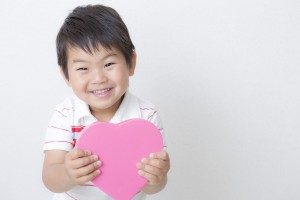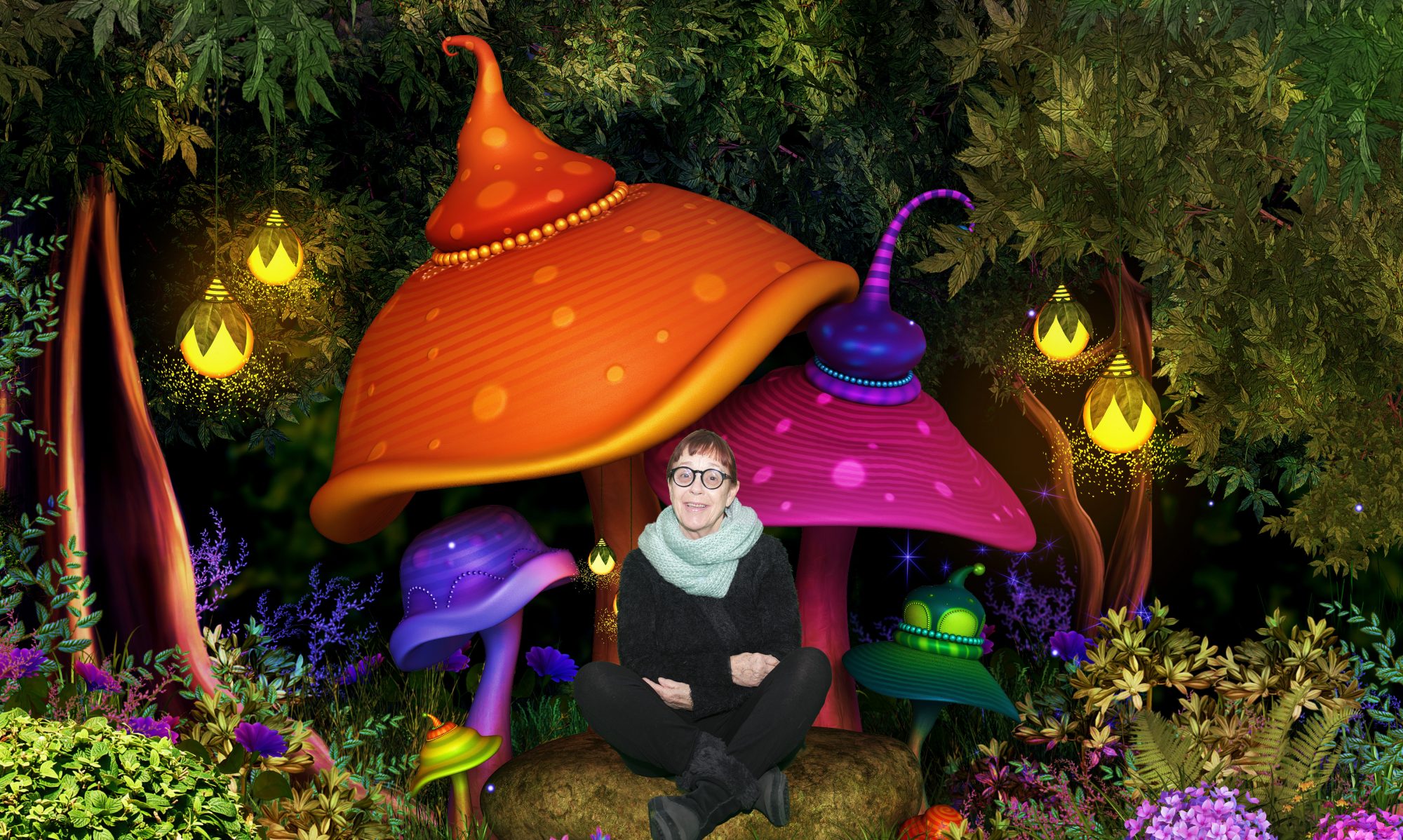 Teaching GRACIOUSNESS
Teaching GRACIOUSNESS
After pondering the difficulties of teaching graciousness for 2 days my quest was answered!
On Monday I assessed a very polite child with great manners and an excellent sense of humour! He was not scared to let me see his weaknesses and knew his strengths but wanted to improve on everything! I realised I had a gracious child on my hands!
During the parent interview it became apparent his parents had deliberately set out to set up a loving but firm home environment.
Graciousness is not a personality trait. It has to be taught.
And it CAN be taught – to ALL children!
It is interesting to note that the word GRACIOUSNESS was at highest usage in around 1815 and almost left the collective vocabulary in the 1990s. It is gradually coming back into common usage. I personally believe our language tends to reflect our social mores and the interest in GRACIOUSNESS is a positive development.
Parents are actually beginning to ask about strategies to develop graciousness and all its associated qualities.
So how do we develop this elusive quality that has synonyms such as kind, elegant, comfortable, tender, well mannered, polite, considerate and thoughtful?
Children who have these qualities stand out like beacons to teachers. They are easier to teach, make friends easily and generally do well with their careers because their EQ tends to be a lot higher. They present a positive image and people want to be around them! Their good manners are so practised they appear to be second nature and we feel an “ease” with these people.
This is not something that can be learned at speed.
Here are some tips for parents and teachers:
• Tell children why their behaviour is helpful or not. Graciousness is about considering the needs of others before ourselves and is woven into the fabric of every major world religion.
• Read them books where people exemplify graciousness.
• Teach them good manners and insist on their use at all times- privately and publicly. Teach them social niceties so they will develop confidence in all social settings.
• Help them develop an attitude of gratitude. Families might keep a joint gratitude journal so that everyone writes or draws something they feel grateful for in every-day.
• You can have a special beautiful GRATITUDE STONE that gets passed around each day at the dinner table. As each member receives the stone, they must tell about 3 things they feel grateful for today.
• Help children write a Thank You for each gift they receive. This can become a fun exercise if children are allowed to select paper, stickers and markers and you can write the words if needed. Get children to write WHY they appreciate the gift.
• Children need to understand we do not necessarily like everything we are given. Use role play and puppets to help children act out receiving a gift they do not like much. How might the giver feel if we show annoyance or disappointment? Help them to understand that Grandma may not understand you already have 20 pairs of underpants! She may not be able to afford a more expensive gift so it was given with love and must be received with gratitude!
G.K. Chesterton, in A SHORT HISTORY OF ENGLAND says that
“thanks are the highest form of thought; and that gratitude is happiness doubled by wonder.”
• Get them involved with GIVING to others. This might mean donating outgrown clothes and toys to a charity shop, sharing the figs from your tree with neighbours or putting surplus lemons in a marked box on your verge. You could show children how your family can save some money to give to worthy causes or actually visit folks in an aged care home, serving in a soup kitchen etc. I have had children at my centre who have been completely transformed by their trips with parents to poor areas of the world to help.
• Don’t give them everything they ask for. Help them to realise that time with a loved one is far more precious than owning possessions.
• Spend time with them on a regular basis. A parent at our centre has temporarily given up her position as a successful lawyer to take a low paying but less demanding job so she can give the gift of time to her child without taking reams of work home at night.
• Schedule special times such as BOARD GAMES evenings. A young Mum told me this week that her family have a board game night each week. What a wonderful idea! Families can talk together as they play and children learn that you definitely do not always win- a VERY big lesson for some children! They also learn that you can have fun without electronic media!
• Teach children how to be kind and gentle by looking after pets, visiting farms and learning about endangered species.
• Get children to begin a garden and plant and care for the plants they grow. This will help them also develop responsibility and respect for nature.
• Being gracious means showing equanimity, calm, respect, kindness and self-control – even when we feel the opposite. It is not about always expressing feelings. Children have to realise that there are many times when we simply cannot express our feelings without causing harm. They have to learn to stay calm, smile even when they want to yell and learn about the private expression of strong feelings. This is why drawing and writing in a private journal is so effective. A person who can draw and write in their private journal always has a means of expressing their feelings and can afford not to vent in public!
• Model these behaviours yourself so children really understand. Reward graciousness when you observe it. Tell children exactly what they did right!
E.g. “I noticed you let Brian play with your Lego even though you don’t like the way he messes up your room. Well done!”
Graciousness IS important and is indeed transformative. Let’s take the time to teach it!
